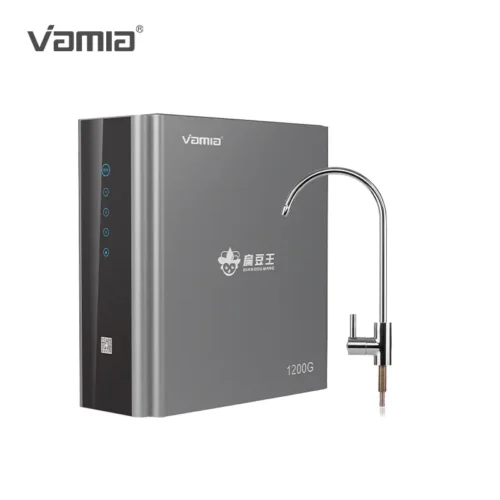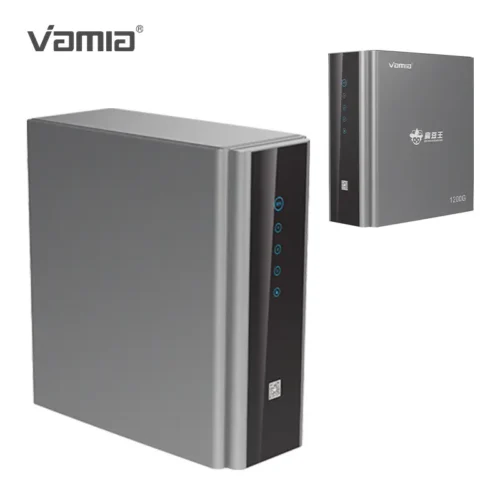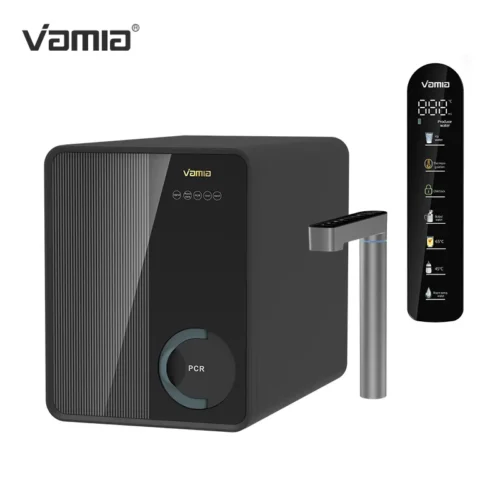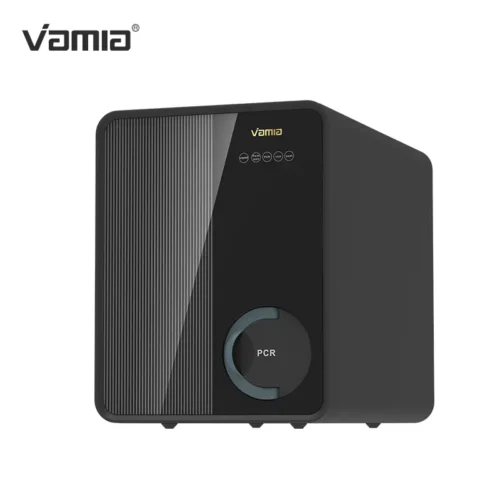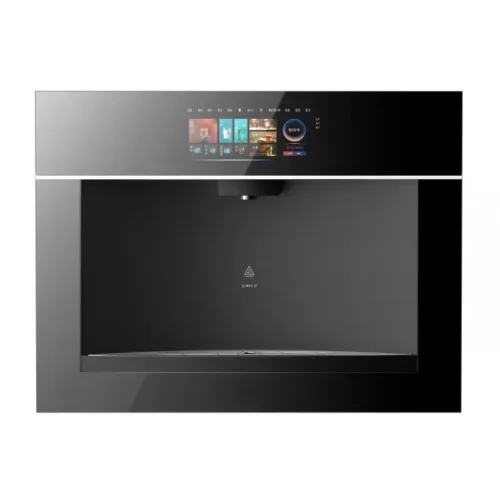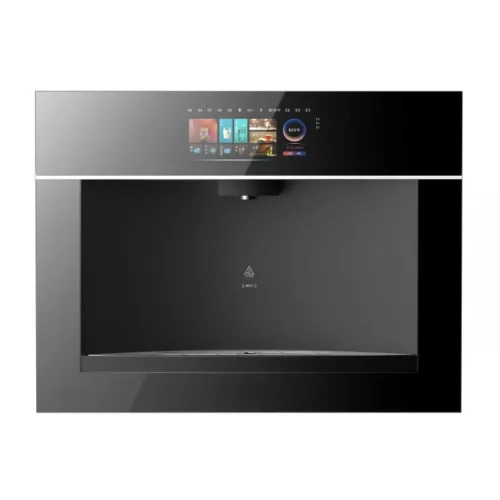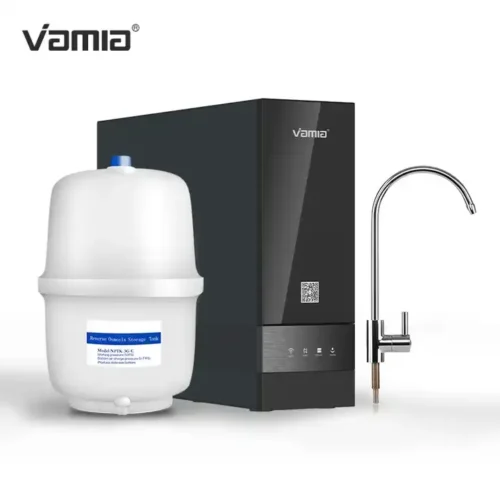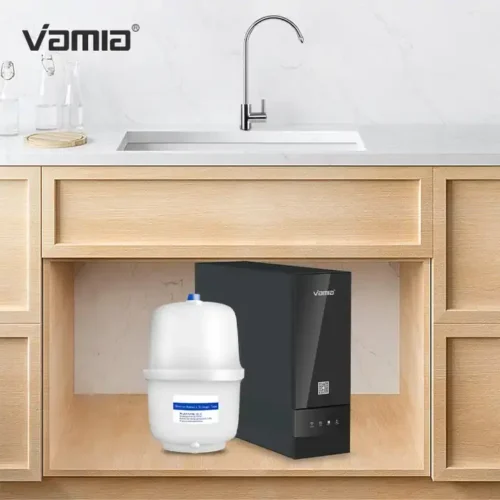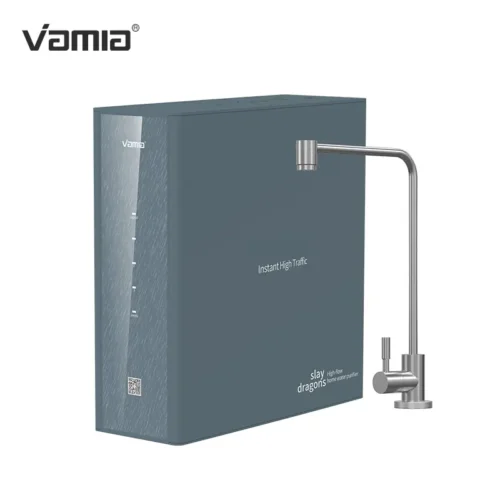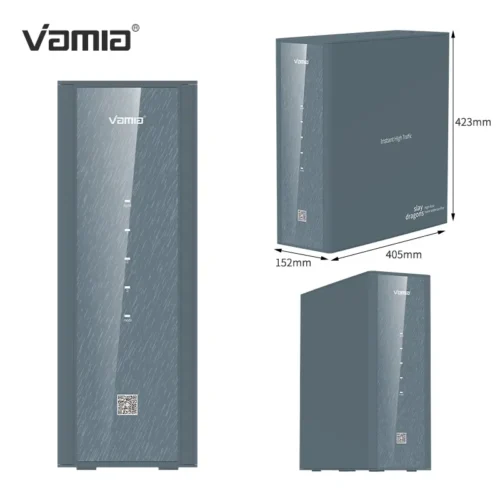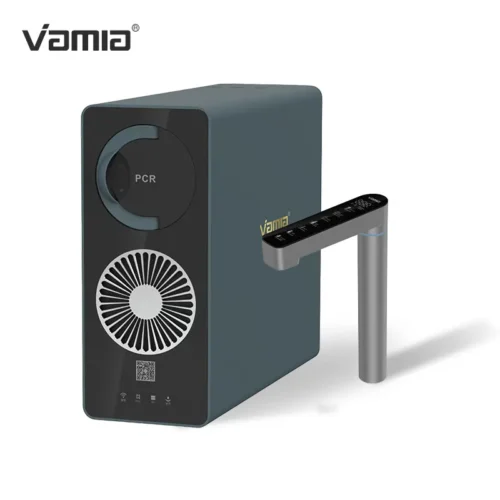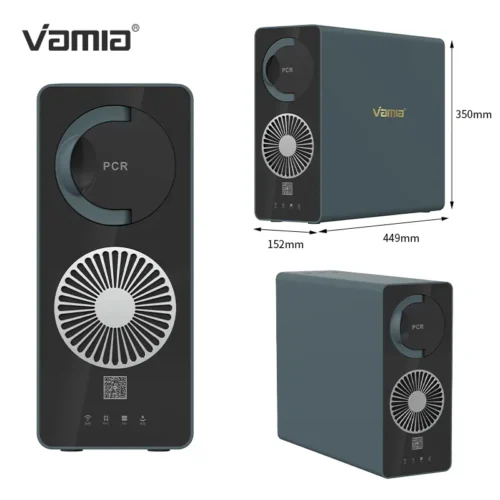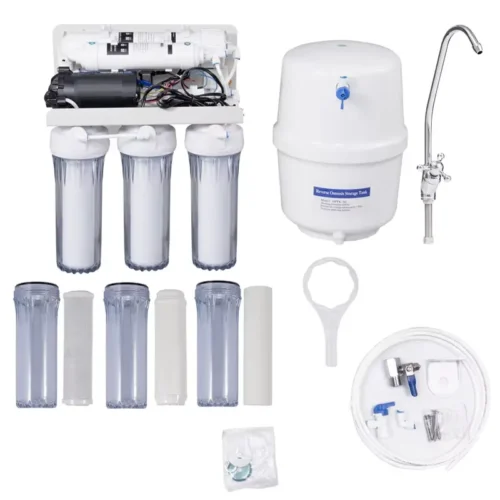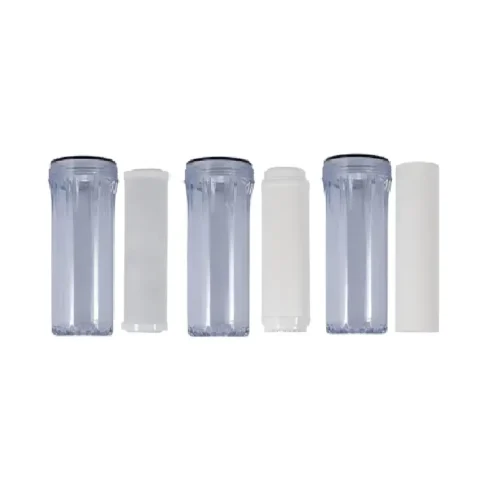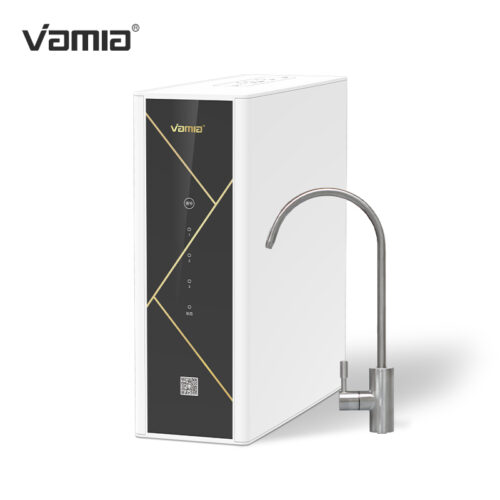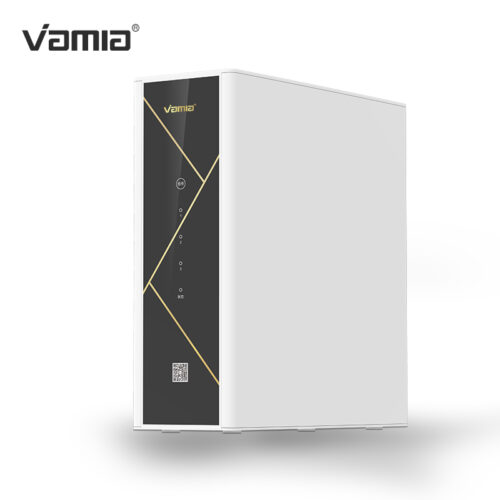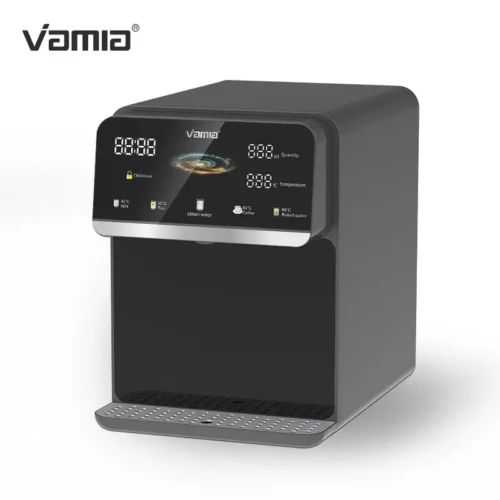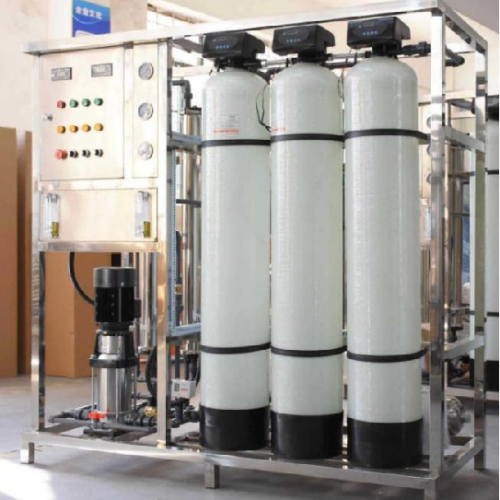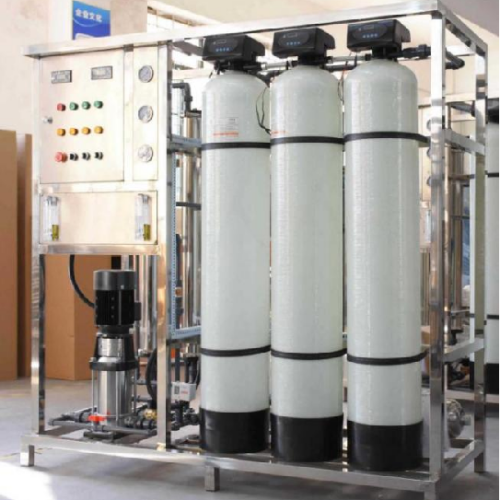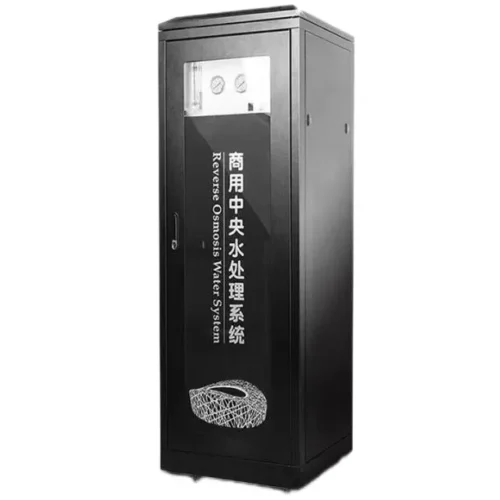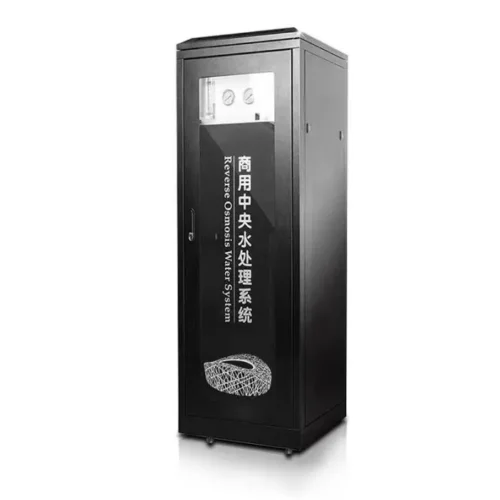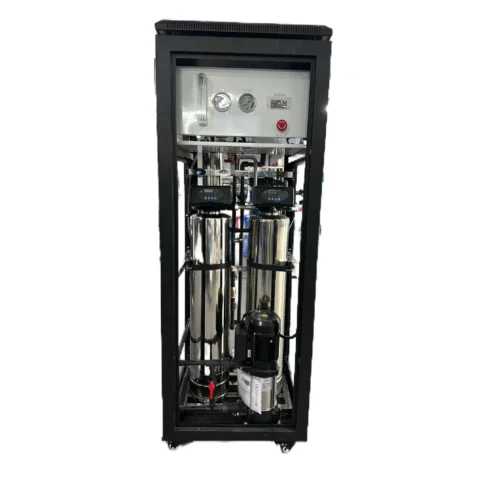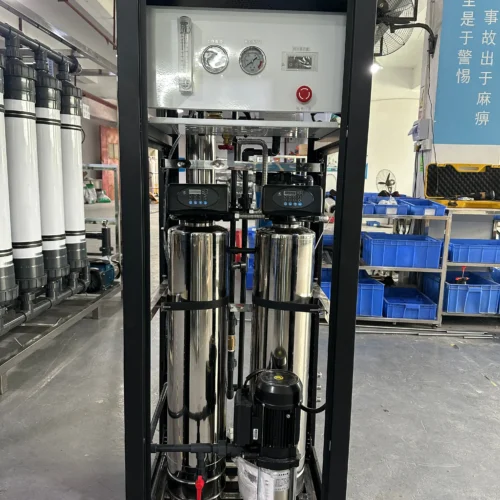How Does Reverse Osmosis Work
Reverse Osmosis water filtration process is simple and straightforward. It is accomplished by water pressure pushing tap water through a semi-permeable membrane to remove contaminants from water. This is a process in which dissolved inorganic solids are removed from a solution. This process differs from standard filtration where impurities are collected within the filter media. The reverse osmosis process pushes water through a series of filters and ultimately the clean water goes to the holding tank, and the contaminants are flushed down the drain.

Why Choose Reverse Osmosis?

Improves Taste
RO filtration improves taste, odor and appearance of water by removing contaminants that cause taste and odor problems.

Removes Impurities
Reverse osmosis water systems can reduce or remove common pollutants from water including nitrates, lead, pesticides, PFOS, sulfates, fluoride, bacteria, pharmaceuticals, Arsenic V, and much more. A Reverse Osmosis systems’ carbon filter will also remove chlorine and chloramines.

Simple Maintenance
RO systems have very few moving parts. Replaceable parts make RO systems easy to clean and service.

Saves Money
With an RO system, you can cancel your water delivery service and stop purchasing cases of bottled water. Reverse Osmosis filtration provides “better-than-bottled water” quality water for just pennies per gallon.
How does the Membrane of an RO System Work?
Reverse Osmosis (RO) is a water treatment process that removes contaminants from water by using pressure to force water molecules through a semipermeable membrane. During this process, the contaminants are filtered out and flushed away, leaving clean, delicious drinking water. Reverse osmosis is capable of removing up to 99 percent of 65 different contaminants, including lead, fluoride, PFOS, pesticides, chlorine, dissolved salts, and more.
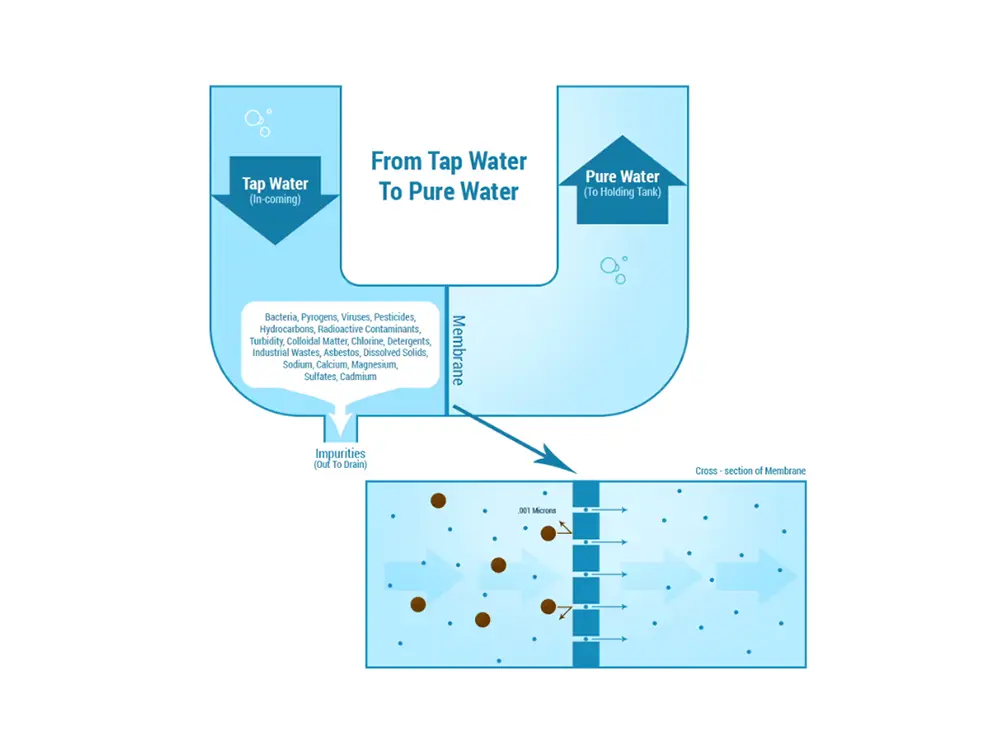
What Is Reverse Osmosis Water?
When household water pressure pushes water through the RO membrane and additional filters, such as sediment or carbon filters, the impurities are filtered out and subsequently flushed down the drain. What is left is delicious, clean-tasting drinking water. Note that many RO units incorporate a storage tank and a 4 or 5-stage process for optimal water quality.
You may be interested to know that Reverse Osmosis technology is not new. In fact, RO processes began being utilized by municipalities back in 1977. Since then, Reverse Osmosis has become increasingly popular because it is safe, cost-effective, and easy to maintain.
A Reverse Osmosis water purifier filters impurities through a semi-permeable membrane. Under pressure, water passes through the RO membrane, allowing only water molecules and very small molecules to pass, thereby removing most contaminants such as minerals, salts, metals, bacteria, and viruses.
The replacement frequency of the RO membrane depends on water quality and usage. Generally, in areas with good water quality, the RO membrane can last 2 to 3 years. In areas with poor water quality or higher usage, it may need to be replaced more frequently, typically every 1 to 2 years.
A Reverse Osmosis water purifier can remove most contaminants, including heavy metals, salts, minerals, bacteria, and viruses. However, it cannot remove all organic compounds and gaseous pollutants. It is often recommended to use it in conjunction with other types of filters, such as activated carbon filters, for more comprehensive purification.
A Reverse Osmosis water purifier produces a certain amount of wastewater during the filtration process. This wastewater is typically discharged into the sewer, but it can also be collected and used for non-drinking purposes, such as cleaning, toilet flushing, or garden irrigation, to reduce water wastage.

